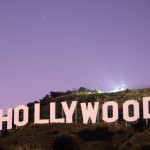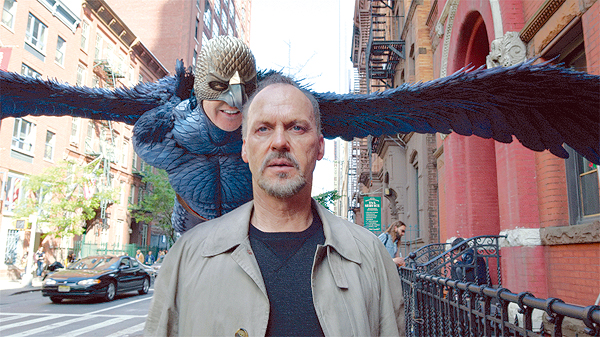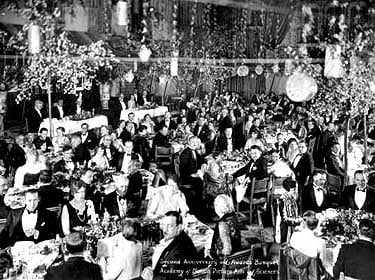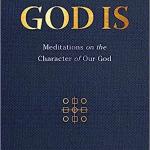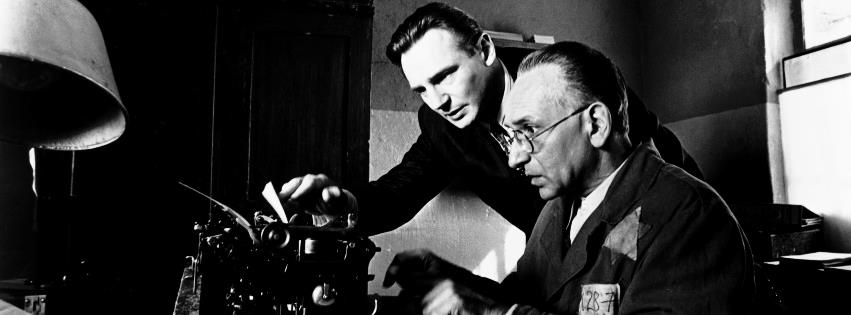
Oskar Schindler was the greatest con artist in history. Most conmen fail. The successful ones manage to swindle a few people and make a few dollars. The greatest cons swindle more people and make more dollars. Oskar Schindler didn’t con 10, 50, or even 100 people; he conned the entire Nazi Party. He made a fortune, and then spent it all–becoming destitute by the war’s end– to keep his con working. And at the end, there were 1,100 Polish Jews who escaped Auschwitz because of him.
All of the great films tell great stories, but a few of them have stories of their own. One day in 1980 the novelist Thomas Keneally entered, by pure chance, a Beverly Hills store owned by an old Jew named Leopold. Learning that his customer was a writer, Leopold told Keneally that his real name was Poldek Pffeferberg and that he survived World War II in Poland because a German named Schindler had hired Jews to work in his factories. After much pleading, Keneally agreed to write Pffeferberg’s story, and published Schindler’s Ark (it was retitled Schindler’s List in the States) in 1982.
Steven Spielberg read Keneally’s book and knew it had to be filmed, but didn’t want to do it himself. Only after Martin Scorsese and Roman Polanski both told Spielberg they couldn’t make it did he decide it had to be him (Polanski would make The Pianist ten years after Schindler’s List released). It proved to be one of the landmark decisions of his legendary career. No one could have made Schindler’s List the way Spielberg made it.
There are so many great scenes in Schindler’s List, so many moments of purity and transcendence and horror that it is tempting to merely dub it “great art” and esteem it the way we might a Renaissance painting or a Handel composition. But it is Spielberg’s great gift of storytelling that prevents us from doing so. We must confront the history, the events, the people, and the places. Schindler’s List is art, yes, but it is also fact, and must be received as such. It’s not easy.
Perhaps that explains then why Schindler’s List seems to be fading from cultural consciousness. It appears only very rarely on television, owing to Spielberg’s inflexible rule that it broadcast unedited. It comes up frequently on lists like the IMDB Top 10 films of all time, but I’m consistently surprised at how many people admit to not having seen it. It’s true that films like The Godfather and Gone With the Wind are such fixtures of culture that many feel like they have seen them even if they haven’t. Is that the case with Schindler’s List? I doubt it. More likely it is being slowly forgotten. It deserves better.
These days Liam Neeson has successfully styled himself as an action hero. His fans owe it to themselves to watch him carefully in this film. He plays Oskar Schindler like a man totally in control. The film’s second scene shows Schindler throwing money at waiters at an upscale SS dinner party like a soldier hands out cigarettes. We get the iconic moving close-up of Schindler as he identifies who among the Nazi guests should be schmoozed. Later on, in one Neeson’s best scenes, he rescues his accountant Izthak Stern (Ben Kingsley) from deportation by intimidating the officers in charge. We watch and might be tempted to dismiss Schindler’s persona as implausible, until we remember that Nazism won Germany in large part because of one man’s charisma. Those who believe they’re in charge often are.
Later, Schindler bribes the commander of Auschwitz after his workers are mistakenly taken there. Spielberg and his editor Michael Kahn, who won the Oscar, place this conversation immediately after the well-known “shower scene.” Our emotions reeling, we watch as Schindler seems to grow and the Nazi seems to shrink. “I’m not judging you, but in the coming months we all are going to need portable wealth,” Schindler says, unveiling a bag of diamonds. The commander threatens to have him arrested. “I’m protected by powerful friends,” Schindler replies, showing not the slightest bit of concern. A few minutes later, Spielberg gives us one of Schindler’s List’s most powerful shots: A shorn and terrified group of women leave the camp and enter safety with Schindler himself in their midst, towering over them like a protective shelter.
Schindler’s enemy is not Nazism but one of its manifestations, the work camp commandant Amon Goethe. It is said that some Jewish survivors on Spielberg’s set cried out in terror when they saw Ralph Fiennes in full costume. Just as Neeson gives Schindler a cocksure CEO persona, so Fiennes plays Goethe as a man with insatiable bloodlust and possible insanity. He falls in his love with his Jewish housemaid but beats her savagely to atone for it. From his villa overlooking the work camp he uses Jews for target practice. Spielberg makes no attempt to shield his audience from the psychotic randomness of the Holocaust’s evil.
In his essay on the film Roger Ebert asked whether it would have been better if Goethe had not been portrayed as a psychopath but as a man living out his ideals consistently and obediently. That’s a good question. My instinct says that it was precisely Goethe’s instability that gave Schindler an opportunity to master him. A sharper and more principled man might have called Schindler’s bluff or at least resisted all those bribes. In a way, Goethe’s madness draws comparisons to the Reich’s downfall; there is only so much pure evil you can imbibe without stumbling.
Spielberg contrasts these two men explicitly. Three important shots send the message: A scene early that cuts back and forth between the two men shaving; a confrontation over the ghetto massacre that puts both men on either side of the frame and shadow between; and Schindler’s offer to purchase his workers from Goethe in exchange for their lives. Screenwriter Steve Zallian is flawless in that last scene: “You want these people?” Goethe asks. “They’re MY people, I want my people. “Who are you, Moses?” It’s not the first or the last time Goethe speaks beyond his comprehension.
How did Goethe never catch on? As if to insult his intelligence, Schindler orders a hose to spray water into train cars filled with Jews right in front of him. Goethe cackles, “You’re giving them hope! That’s cruel, you shouldn’t do that!” I love the way Neeson smiles in response. He knows Goethe cannot stop him because he cannot fathom him.
Oh, how much more can be said! A little girl with a red coat, a typewriter creating salvation with every keystroke, and a candle burning quietly and fiercely against the night–so many timeless images that Spielberg created. There’s a tender hand in every relentless shot of terror. If it is true at all that art can reach into our souls, then Schindler’s List does exactly that.
The Holocaust is unfilmable. No movie can capture what genocide of six million people actually means. Some have objected to Spielberg’s film because it has a happy ending. I’m not sure that survival is always the same as happy, and even if it is, so what? The memory of the six million lives in the testimony of the 1,100. It is their story that Spielberg tells, and tells with grace and truth. That is the test of a great filmmaker and a great film. Wherever Oskar Schindler’s name is remembered, Steven Spielberg’s movie will be remembered too.
International Holocaust Remembrance Day is January 27







